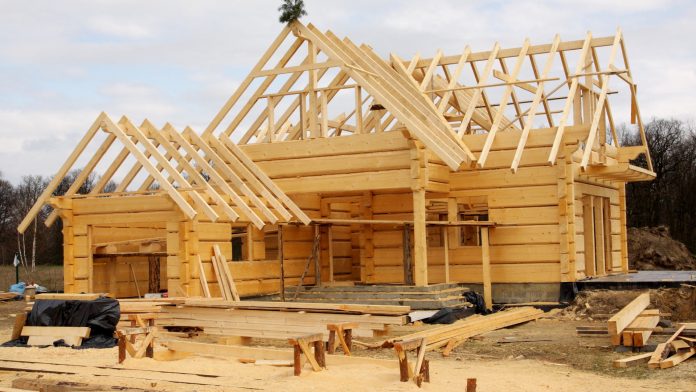Americans hit the loan shops en masse last week after witnessing another mortgage rate decline. Rates hit their lowest level in almost two years, signaling to consumers that this might be as good as it gets for a long while. In response, folks across the country took on major debt in a big way.
In fact, the Mortgage Bankers Association (MBA) reported that total mortgage applications (including refinancing) surged an incredible 26.8% in a single week, and volume was up 41% compared to last year.
30-year fixed-rate mortgages with conforming balances (less than $484,350) fell to 4.12%, down from 4.83% just one year ago – marking a historic 71 basis point decline.
“Mortgage rates for all loan types fell by a sizable margin for the second straight week, pulled down by trade tensions with China and Mexico, the financial markets reacting to more bearish communication from several Fed officials, and weaker than expected hiring in May,” remarked Joel Kan, MBA’s associate vice president of economic and industry forecasting.
But refinancers were the true stars of last week, as refinancing applications jumped 47% from week-to-week and 97% since last year.
Over the last four weeks, refinances are up 63% as rates have declined an impressive 28 basis points.
New mortgage applications to purchase a home, however, didn’t see quite the same boost – rising only 10% both weekly and annually. In general, though, home buyers typically take a little longer to react to weekly rate changes, and the 10% increase in this case could be a result of rates falling for over a month.
“Demand is still relatively strong, but there is likely some restraint from prospective buyers, driven by some economic uncertainty. Furthermore, housing supply is still very tight for first-time buyers,” said Kan, cautioning bankers to not grow overconfident.
And though he’s right about the constricted supply of houses for first-time buyers, Kan left out the fact that there’s plenty of homes currently on the market…
…But only for people looking to “move-up” to a better house or purchase a luxury “dream home”.
The lower-end real estate market is weighted heavily towards sellers at the moment, and until homebuilders start churning out more cheap housing developments, it could continue to stay that way.
And for homebuilders, that all depends on where the U.S. economy is headed.
“We’re in a consolidation phase now where markets are coming to terms with the longer-term move lower that began in late 2018,” noted Matthew Graham, C.O.O. of Mortgage News Daily.
“The next move will depend on how economic data evolves and whether there are any more trade policy bombshells.”
Back in 2018, here at Unseen Opportunity we picked the homebuilder industry as one of the sectors to outperform the market in 2019. So far, the S&P 500 is up roughly 15% for the year.
The SPDR S&P Homebuilders ETF (NYSE: XHB) is up 25%.
As impressive as the XHB’s gain is, it could end up rising even further if young Americans continue to clamor for first-time homes. Builders will likely flood the market with new developments if the economy keeps looking strong long-term, eventually leading to higher share prices down the road.
But if the economy continues to soften, and young people get pushed out of real estate, homebuilders might get much more gun-shy – refusing to “pull the trigger” on big-time projects if there aren’t enough buyers.
If that happens, then you might as well kiss the XHB 2019 rally goodbye.
The solution to all of this would likely involve a trade war truce with China, but until there’s an agreement, homebuilder investors will watch their portfolios nervously, waiting for the other shoe to drop.
Even with rock-bottom mortgage rates drawing in consumers like we haven’t seen in years.








